A Fishroom Filled With Biotopes
Photos and article by Jeroen Vanhooren

I am Jeroen from Belgium. I have been infected with the aquarium-virus since I was an 8-year old kid. After almost 30 years I felt like I was needing a new challenge. I started to plan my fully automated aquarium-room. Into the fishroom 10 tanks were placed. Three of them are pretty large (400-500 liters) with an external sump. Six of them are about 100 liters. The last one is a special tank for my water turtles.
I made the decision to go all the way, and try to simulate 9 biotopes from different parts of Central-America, Asia, Australia, Africa and South-America. For most of these I used peat extract and added a whole bunch of almond leaves and alder cones. The effect of the alder cones on hardness and colour were amazing. The wood I used is Manzanita, because it looks really natural to me.
Looking up information on correct sympatric fish was not easy, in my opinion. I checked numerous publications, used GBIF (The Global Biodiversity Information Facility), googled days and days, but still am not sure that all my research was correct. For aquatic vegetation the challenge was even greater. Please, do not hold me too accountable if I make mistakes on the composition of the fish-species. I am a simple amateur, who will make mistakes. I’d rather want you to correct me if I’m wrong.
Cenote of Dzibilchaltun (Mexico) – 500 L – young and old Poecilia velifera – Nymphaea sp.

Inundated area in Indragiri basin (Sumatra) – 750 L – Chromobotia macracanthus and Trichogaster leeri – Cryptocoryne sp.
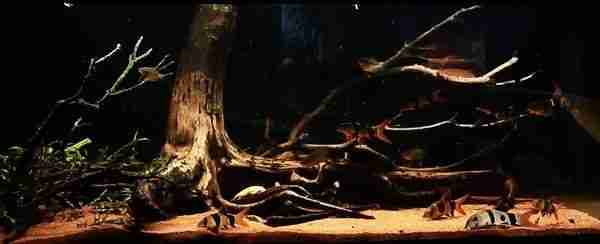
Small tributary somewhere in Rio Essequibo basin (Guyana) – 100 L – Hemigrammus erythrozonus (Apistogramma steindachneri to add) – Cabomba aquatica
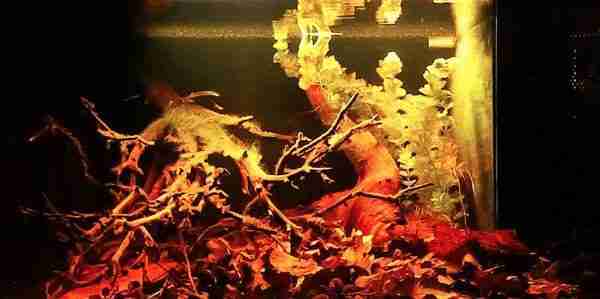
Small stream in Rio Orinoco (Colombia) – 100 L – Paracheirodon axelrodi – Cabomba aquatica and Helianthum tenellum
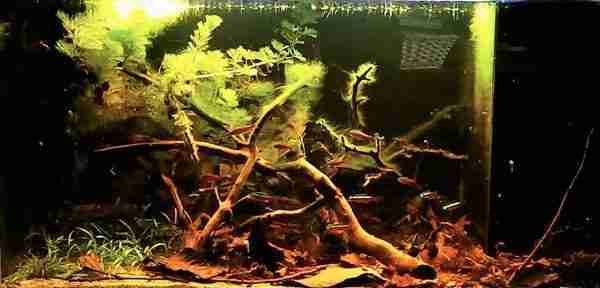
A small creek in Guyana – 100 L – Nannostomus beckfordi – Najas guadalupensis
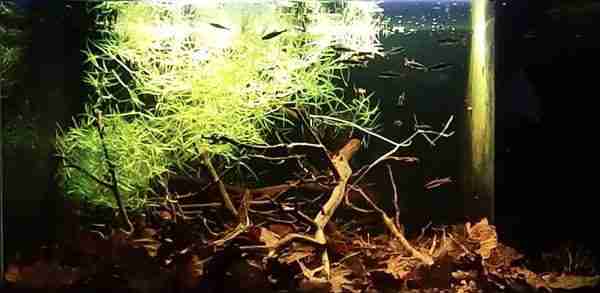
Small stream in the Western Ghats region (India) – 100 L – Botia striata (Puntius sahyadriensis to be added) – No aquatic vegetation
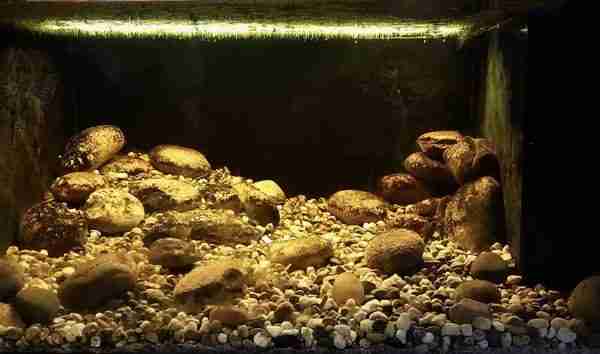
Somewhere in the Nilwala basin (Sri Lanka) – Puntius titteya and Pethia nigrofasciata – Lagenandra thwaitesii and Cryptocoryne beckettii
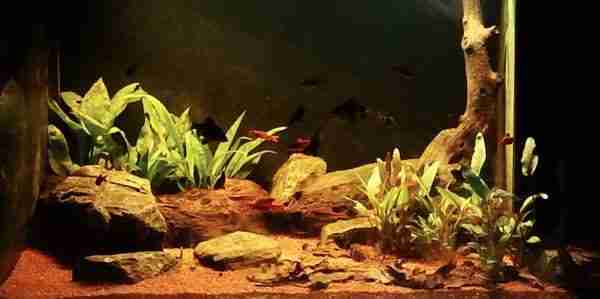
 Biotope One A Study of Flora and Fauna
Biotope One A Study of Flora and Fauna 


